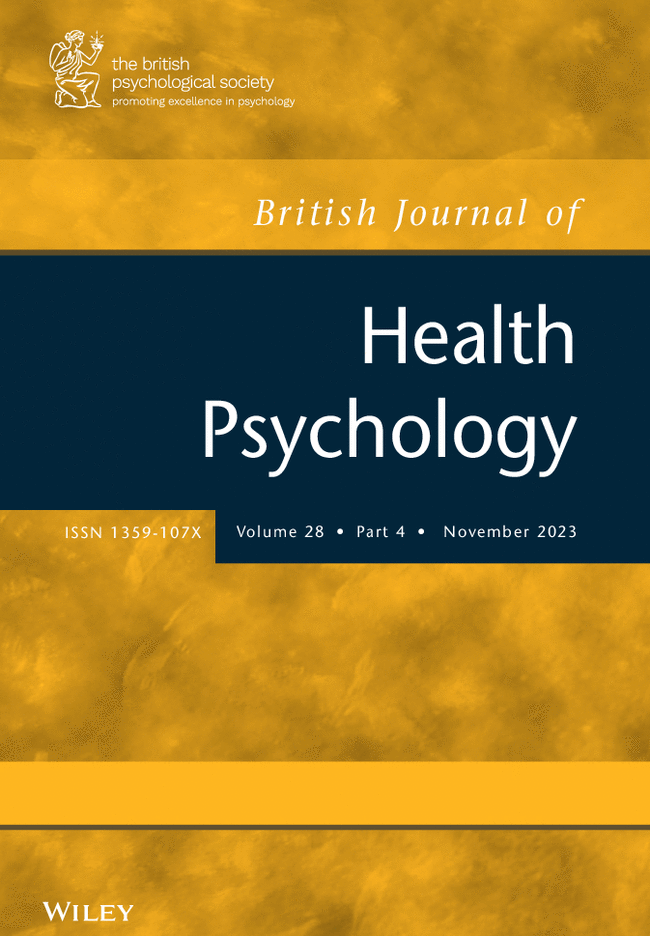Smoking cessation supported by a smartphone app: A qualitative process evaluation of the Quit Sense feasibility RCT
Abstract
Objectives
Quit Sense is a Just-in-Time Adaptive Intervention (JITAI) smartphone app that provides real-time automated and in-situ support to help people attempting to quit smoking manage cue-induced cravings. This process evaluation study explored views and experiences of feasibility trial participants and assessed: (1) intervention experiences, (2) how these might help explain causal pathways towards behaviour change and (3) experiences of study participation.
Design
Qualitative interviews nested within a two-arm feasibility randomized control trial.
Methods
We purposefully sampled 20 participants (15 intervention, 5 usual care) for semi-structured telephone interviews. Data were thematically analysed and was supplemented with a descriptive analysis of relevant experiences to hypothesize causal pathways to behaviour change.
Results
Motivations for engaging in the trial and intervention included wanting greater accountability and to be part of something. Reasons for disengaging included successfully quitting (app no longer needed), lapsing/relapsing and preferring other support types. Mechanisms which reportedly enabled successful quit attempts included the app's prequit preparation phase through insights into smoking cues, the delivery of lapse avoidance strategies and the supportive messages which helped to reinforce the goal of quitting. The trial was conducted during the COVID-19 pandemic and provided examples of situations and contexts in which Quit Sense was used and felt to be (un)helpful for cessation.
Conclusions
The Quit Sense app and trial were well received by participants. Participants reported that the preparation phase used for app training prior to their quit date was of particular value and not currently offered by other apps tried.

 求助内容:
求助内容: 应助结果提醒方式:
应助结果提醒方式:


